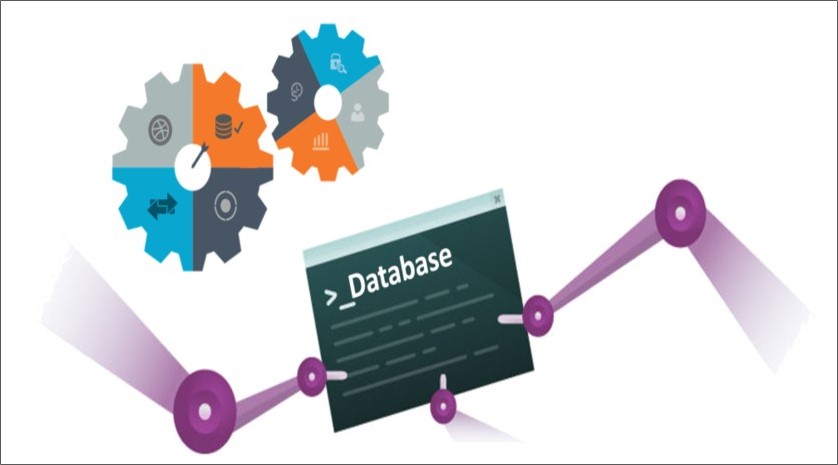Over the past decade, the phrase “database automation” has become quite popular not within the IT industry but across different businesses in different fields. The need for database automation continues to grow as the days pass, and soon, organizations will have no option but to conform to the trend. Despite all this popularity, many people are still unsure what database automation is and some of the things it entails.
Database automation refers to leveraging processes and tools to make administration tasks for a database simpler and safer. By using database automation for database management, companies and organizations reduce deployment errors and increase reliability and speed on change implementations. The database administrators will also spend less time manually checking and updating code and will have more time for patching, scaling, provisioning, and other tasks.
With most companies going through with database automation guide, the question has to be asked. How beneficial is it for companies and organizations to do database automation? What are some of the ways that these companies are going through database automation benefit? Well, if you are wondering the same thing, we’ve got answers for you.
Table of Contents
Benefits of Database Automation
Database automation has countless practical applications, and it helps businesses in a variety of ways, as discussed below.
Efficient Solutions
The first way organizations benefit from database automation is to offer efficient solutions to some of the challenges that are synonymous with the operation. It helps businesses achieve round-the-clock timing, which is very critical in the current competitive business landscape. Anyone left behind stands to lose out on a lot. Any chances of manual errors in the overall execution of queries are eliminated. If that isn’t good enough, data automation helps organizations cut down on the need for manual labor, which means that they can cut down on expenses such as wages and salaries. Automated databases bring you time efficiency, labor efficiency, and cost-efficiency, a dream of every profit-oriented organization.
Parallel Execution
This usually comes in handy when dealing with complex databases, and you are required to write complex queries to fetch a particular category of data. It makes the execution of such questions easier, quicker, and comprehensive. For anyone wondering what parallel execution is, it is the separate execution of small subqueries of a complex SQL statement but at the same time. Not only does it make the work of database administrators easier, but it also saves time since they can do something that would have otherwise taken as long as three hours in less than half the time. This, again, brings about efficiency within the organization as time is saved and used for other activities.
Easy to Implement
It doesn’t take a rocket scientist to implement database automation within an organization. It is an easy and hassle-free process that anyone can undertake with a good understanding of databases and IT. Also, it doesn’t involve huge costs, so even a company operating on a tight budget can go through with database automation. If anything, the amount of money that the company will save in the near and distant future outweigh any costs they are going to incur, which makes the decision a no-brainer.
Improved Business Focus
Database automation makes every process more reliable compared to if it was done manually. Machines are generally more efficient and will always work to a hundred percent, delivering results unless someone intervenes with the process. On the other hand, humans cannot rely on 100% as they are prone to error. They will therefore need monitoring and someone to correct any mistakes made in the process. Thus, through automation, you can leave the machines to do the work without necessarily having to clean up after them and then focus on other aspects of the business that machines cannot do. For example, you can focus on marketing strategies or even ways to improve customer service.
Best Practices in Database Automation
For an organization to benefit from their database automation, they have to go about it in a particular way. Below are some of the best practices for database automation.
Decide Which Processes to Automate
The first thing you should do is find out the processes that you should automate first. Logically speaking, you won’t automate everything simultaneously, so it is essential to know what takes priority and what ranks down in the order. The processes that take a lot of time and resources should be the ones you start with because you want to start saving as soon as possible.
Test Early & Often
Start the testing cycle as early as possible. The more you test, the more you will find bugs, which puts you in a good position to fix these bugs before they cause any damage. Also, testing will help you identify more candidates for automation.
Select the Tool That Suits You the Most
There are plenty of database automation tools in the market, so you must choose the one that suits you the most. It would be best if you considered which ones will work with your platform and existing technologies and which ones will be easy to incorporate into your system. You can always consult a professional if you’re having trouble choosing.
Logging & Error Tracking
This may be the least exciting part of your automation process, but it plays a critical role in ensuring that the database automation system grows. Just as the name suggests, it involves logging and tracking errors within the system. This process will help you analyze any potential problems and fix them for the system to continue serving its purpose.
Database automation has been prevalent among companies over the past few years, and it’s no wonder why. It helps save on costs and also makes the work of database administrators easier, thus improving efficiency.

